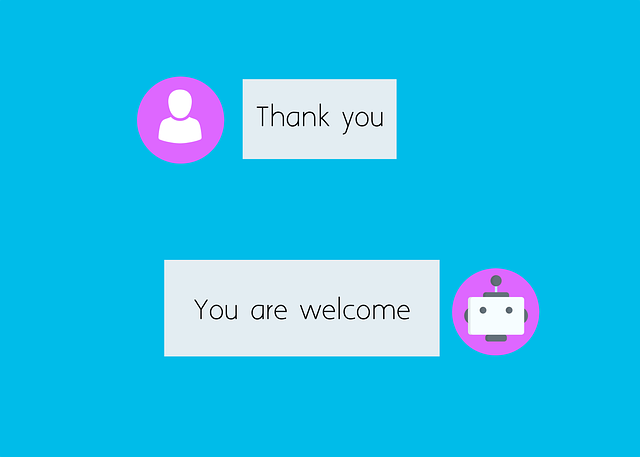Small enterprises are leveraging AI chatbots and assistants to transform AI Customer Service, enhancing operational efficiency and reducing costs. While these tools offer benefits like 24/7 support and task automation, small businesses face challenges such as resource limitations, outdated technology, and poor user experiences without proper expertise. Customizing chatbot functionality for industry-specific needs, coupled with employee/customer education and regular updates based on feedback, ensures effective AI customer service that contributes to business growth.
Small enterprises are increasingly looking to integrate AI chatbots into their operations, aiming to enhance customer service and streamline processes. However, navigating AI chatbot implementation presents unique challenges. This article delves into the intricacies of AI chatbot integration for small businesses, exploring common issues like cost constraints, technical complexities, and data privacy concerns. We also provide practical strategies to overcome these barriers, ensuring maximum benefits from AI assistants in terms of improved customer engagement and operational efficiency.
- Understanding AI Chatbot Integration for Small Businesses
- Common Challenges and Issues Facing Small Enterprises
- Strategies to Overcome Barriers and Maximize AI Assistant Benefits
Understanding AI Chatbot Integration for Small Businesses

Small enterprises are increasingly recognizing the benefits of integrating AI chatbots into their operations to enhance customer service and streamline processes. An AI chatbot is a sophisticated computer program designed to simulate human conversation, enabling businesses to interact with customers in real-time, 24/7. These virtual assistants can handle a range of tasks, from answering frequently asked questions (FAQs) to processing simple transactions, thereby improving efficiency and reducing operational costs.
By integrating an AI assistant, small businesses can instantly elevate their customer service game. They offer immediate responses to customer inquiries, minimizing wait times and boosting customer satisfaction. Moreover, these chatbots learn from each interaction, continually improving their accuracy and adaptability over time, which is particularly valuable for smaller operations with limited resources for continuous training.
Common Challenges and Issues Facing Small Enterprises

Small enterprises often face unique challenges when integrating AI chatbots and assistants into their operations, particularly in the realm of customer service. One of the primary issues is the initial setup and training process. Unlike large corporations with dedicated tech teams, small businesses may lack the resources or expertise to effectively teach an AI chatbot about their products, services, and industry-specific lingo. This can result in inaccurate responses or a poor user experience if the AI assistant doesn’t understand customer queries properly.
Another common challenge is keeping up with rapid technological advancements. AI chatbots are constantly evolving, but small enterprises might struggle to implement the latest updates and features due to budget constraints or a lack of technical knowledge. As a result, they may end up using outdated systems that fail to provide the level of service expected by modern customers who are accustomed to seamless, intelligent customer engagement via AI-powered channels.
Strategies to Overcome Barriers and Maximize AI Assistant Benefits

Small enterprises often face challenges when integrating AI chatbots into their operations, but there are effective strategies to overcome these barriers and unlock the full potential of AI assistants. One key approach is to customize the chatbot’s functionality to align with industry-specific needs. By tailoring the AI customer service capabilities, businesses can ensure the chatbot provides relevant and valuable support for their unique products or services. For instance, a small e-commerce store could program the chatbot to offer personalized product recommendations based on customer interactions.
Additionally, training and ongoing optimization are vital. Businesses should invest time in educating employees and customers about the AI chatbot’s capabilities and limitations. This includes promoting its use through marketing campaigns and providing clear guidelines on how to interact with the assistant. Regular updates and adjustments based on user feedback can also enhance the chatbot’s performance, ensuring it remains an efficient and effective tool for improving customer service and supporting small enterprise growth.
